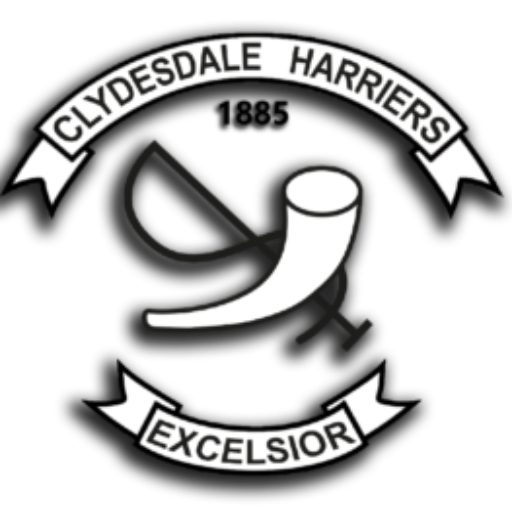
Extract from Scottish Cross-Country Results 1965
It’s good to see the club results being added to the website – the latest just this weekend – and keeping us informed about the running front. After all. a running club’s members need to know what each other is doing, and former members like to be kept in the loop. It wasn’t always as easy to get results on the day – or even at all in some cases.
For many years the results were handwritten and pinned on a notice board after the race. The notice board had crowds of people crowding round, pushing and jostling for a good look, or just to see their own club’s results with pencils and paper at the ready. Sometimes they were typed if the hardware (typewriters) and software (typists) were available. The best service when I started in the 1950’s was in the Edinburgh to Glasgow eight stage relay. They had professional newspapermen and athletics officials sorting the results at the end of each stage, passing them to the typists who would then get them on paper in great detail and after every two stages (they could get two stages onto a single sheet) the results sheets were being distributed to officials and eager runners alike. When I say get the results sorted at the end of the stage, we have to think of what was entailed. At the finish of each stage there were three timekeepers with ‘tappers’ when a runner crossed the line the tapper would simply tap the timekeeper on the shoulder who would then write the time onto the sheet and by the end of the race they would have a list of finishing times in order. There were also place recorders who had their own tappers. When a runner crossed the line the tapper would read off his number and tap the recorder. At the end of the race officials in the office would match up the times and numbers and places, they would be written out or, in the case of the E-G, typed out on a ‘skin’ which would be used to churn the results out on to sheets of A4 using a hand cranked rotary duplicator.
In the case of relay races, the results could be available at the end of each stage but this was not always the case. The Allan Scally Relay was particularly good in this respect. Other races would send the results out the following week be post on condition that the runner paid after the race to have it sent. The Tom Scott 10 was best at getting them out within days. All other races had them up on a notice board for club reps to copy and circulate them internally or locally. That meant getting them into the local paper for the next Saturday – ie having the results when the rep got home, writing them out or phoning the paper for about 9:00 pm on the Sunday and 9:00 am on the Monday. And of course there was a hand written copy for the club notice board on the Tuesday.
We couldn’t rely on the national dailies because, even when they covered the event, there was never detailed coverage of the whole race – and it would have been dafty to expect it. eg 600+ in the national cross-country championship. Collecting the results was difficult, circulating them was just as difficult. I remember when we were in championship races in the 1990’s and I went on holiday every year at that time to my wee time share in the highlands, John Hanratty would give me the results by telephone on the Saturday night, and I would write them out longhand and fax them in to the three local papers from Oban on the Monday morning!
It’s much easier now with computers, laptops and tablets for the organisers to get them out on the day or even on the web that evening, and it is certainly easier to get them circulated to club members. So it’s good to see them appearing frequently on the website.
